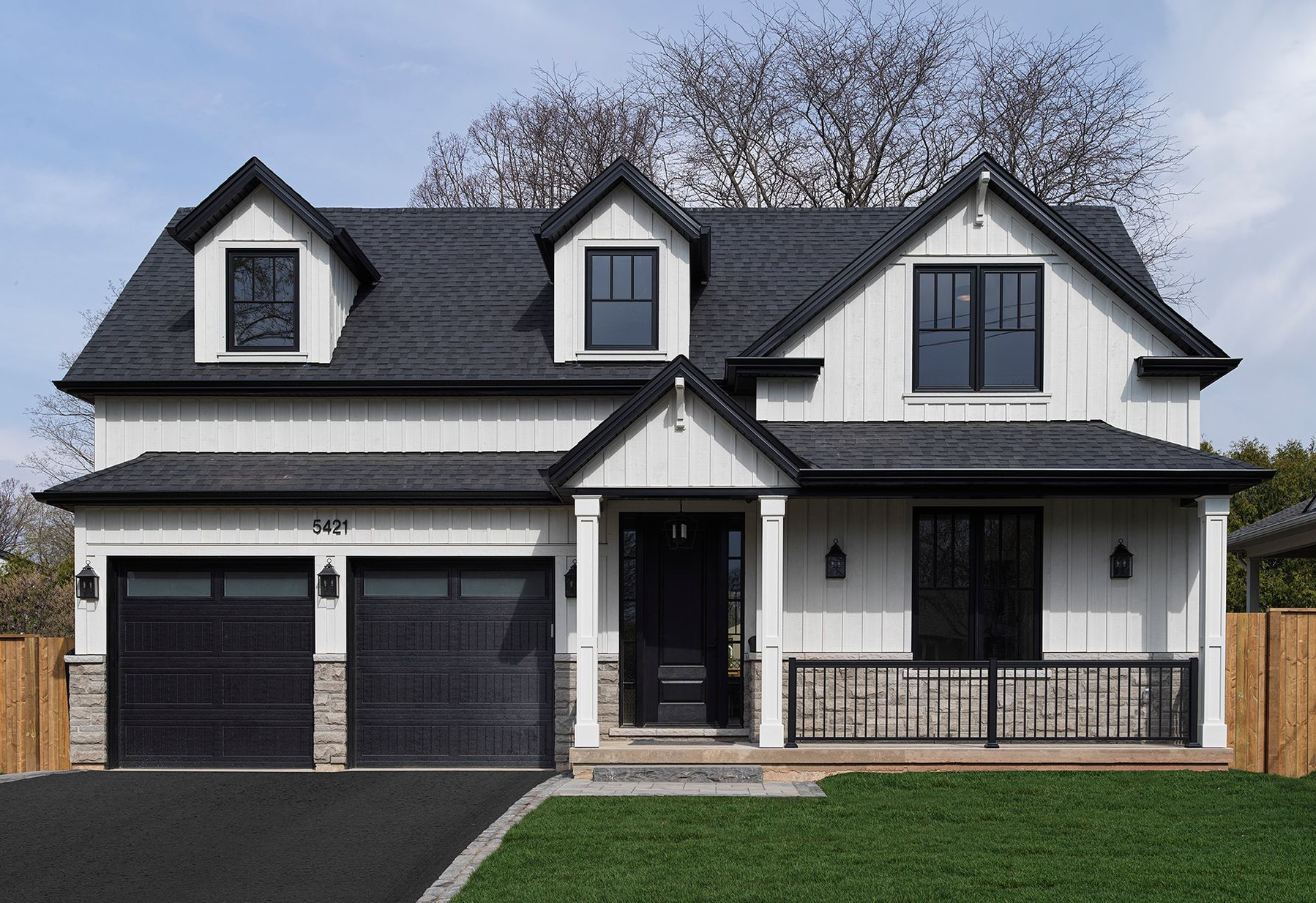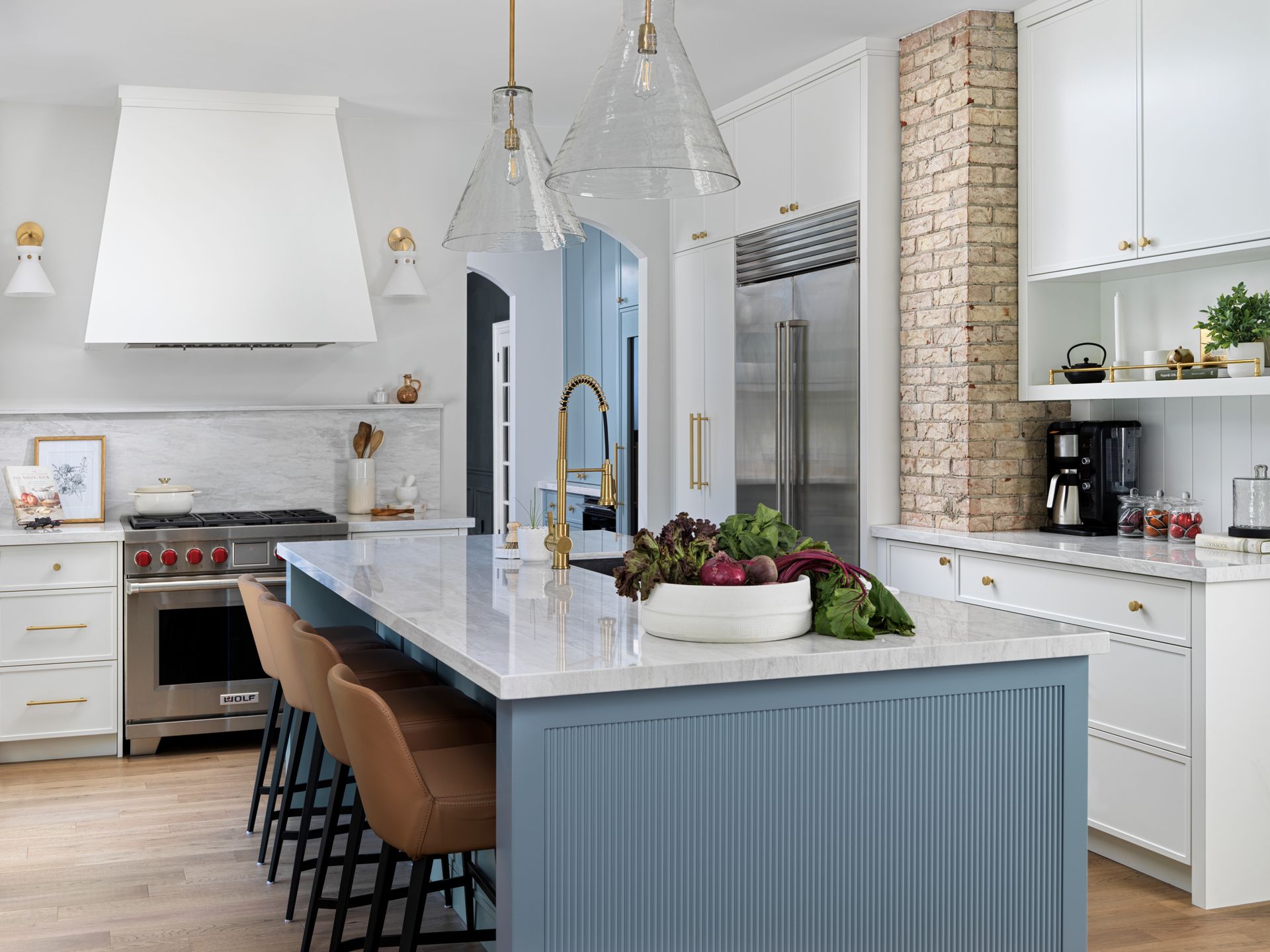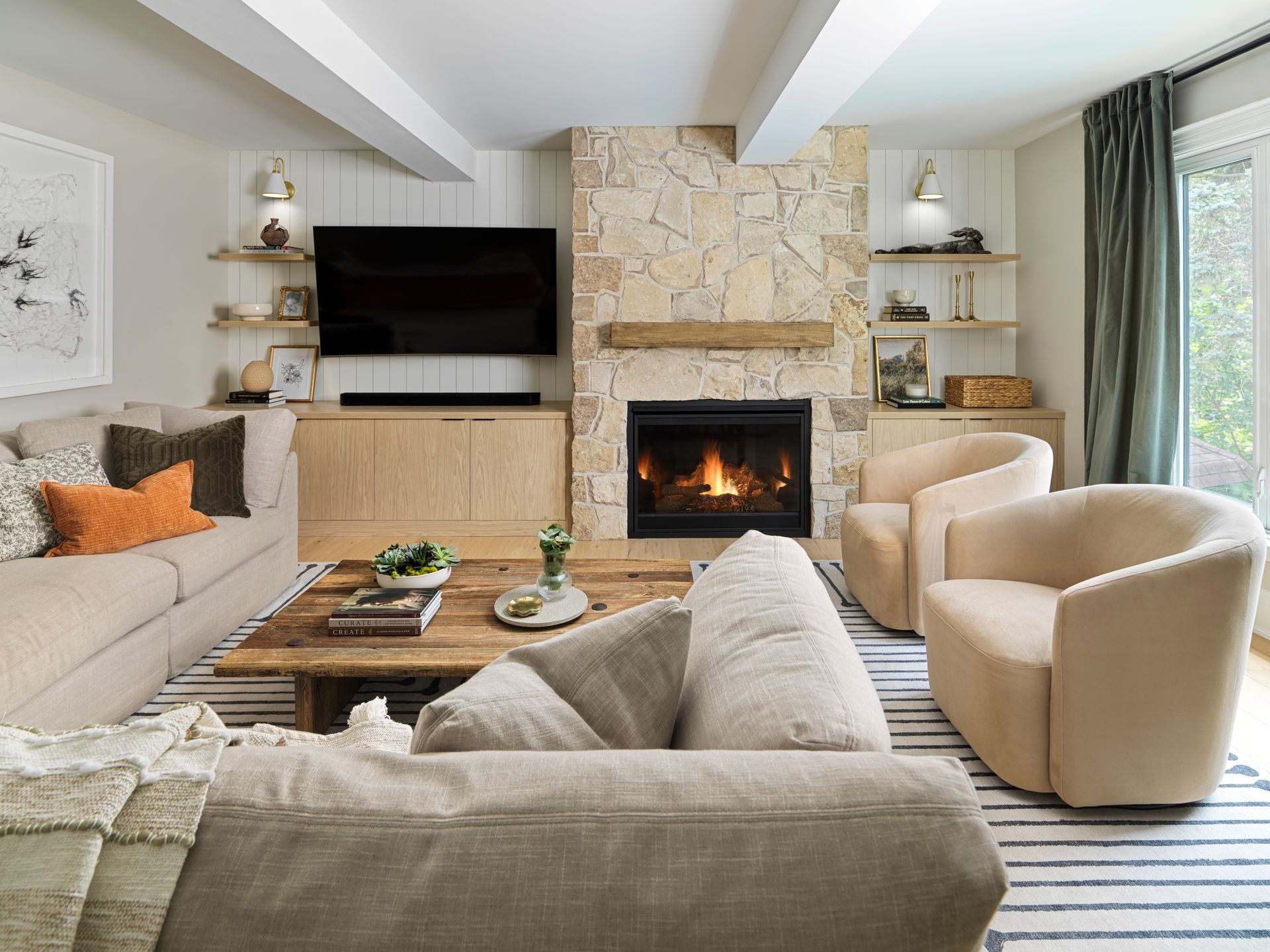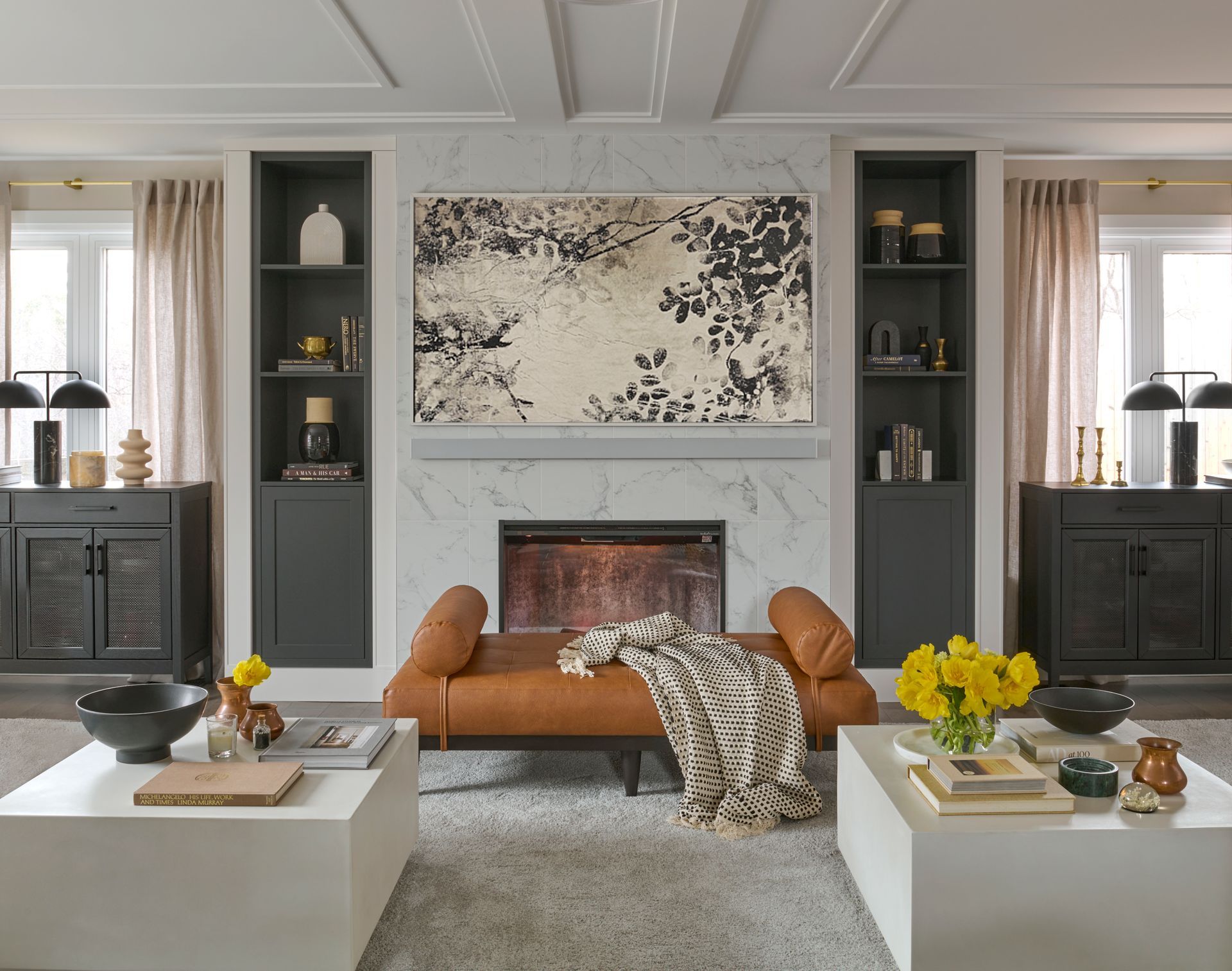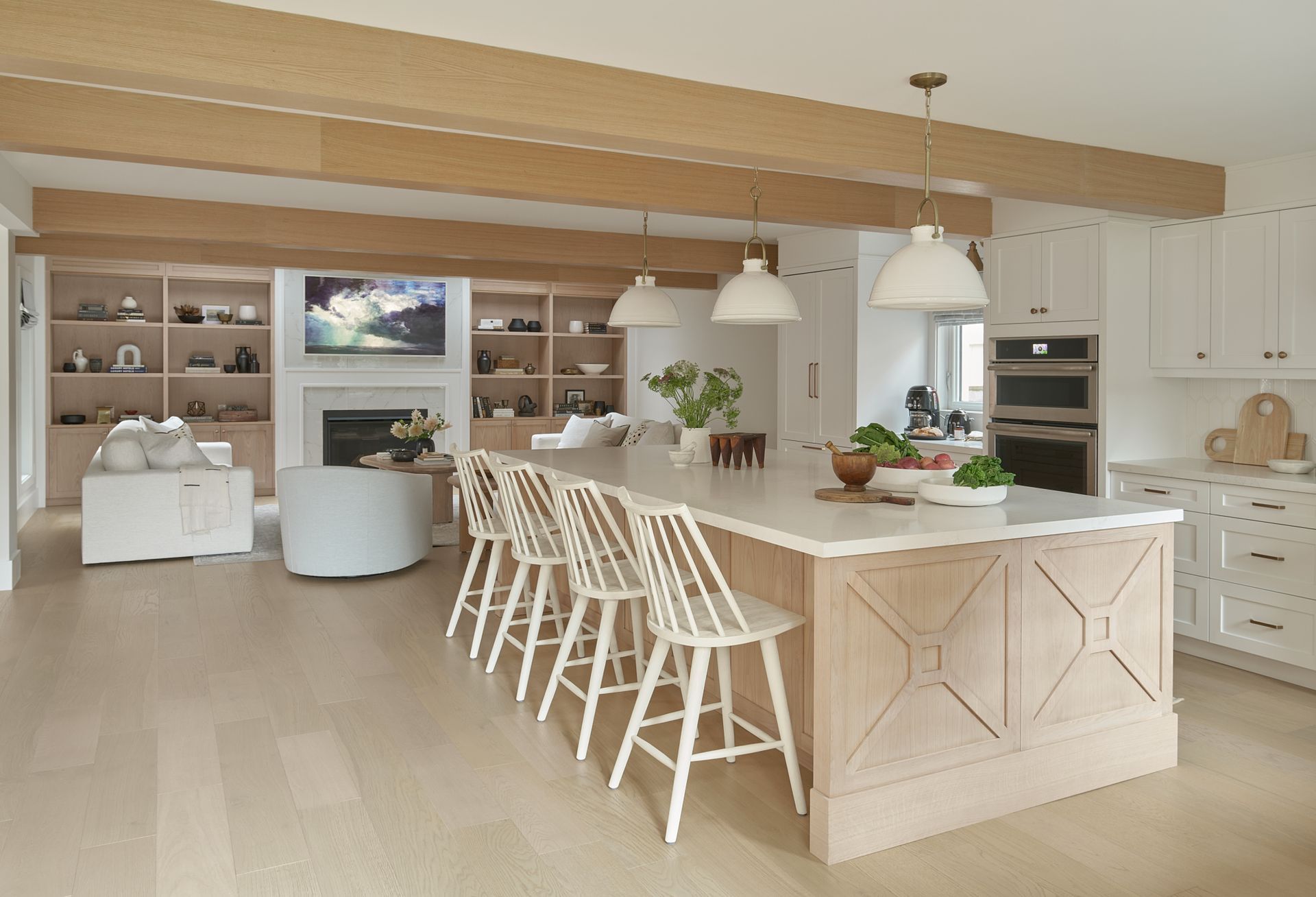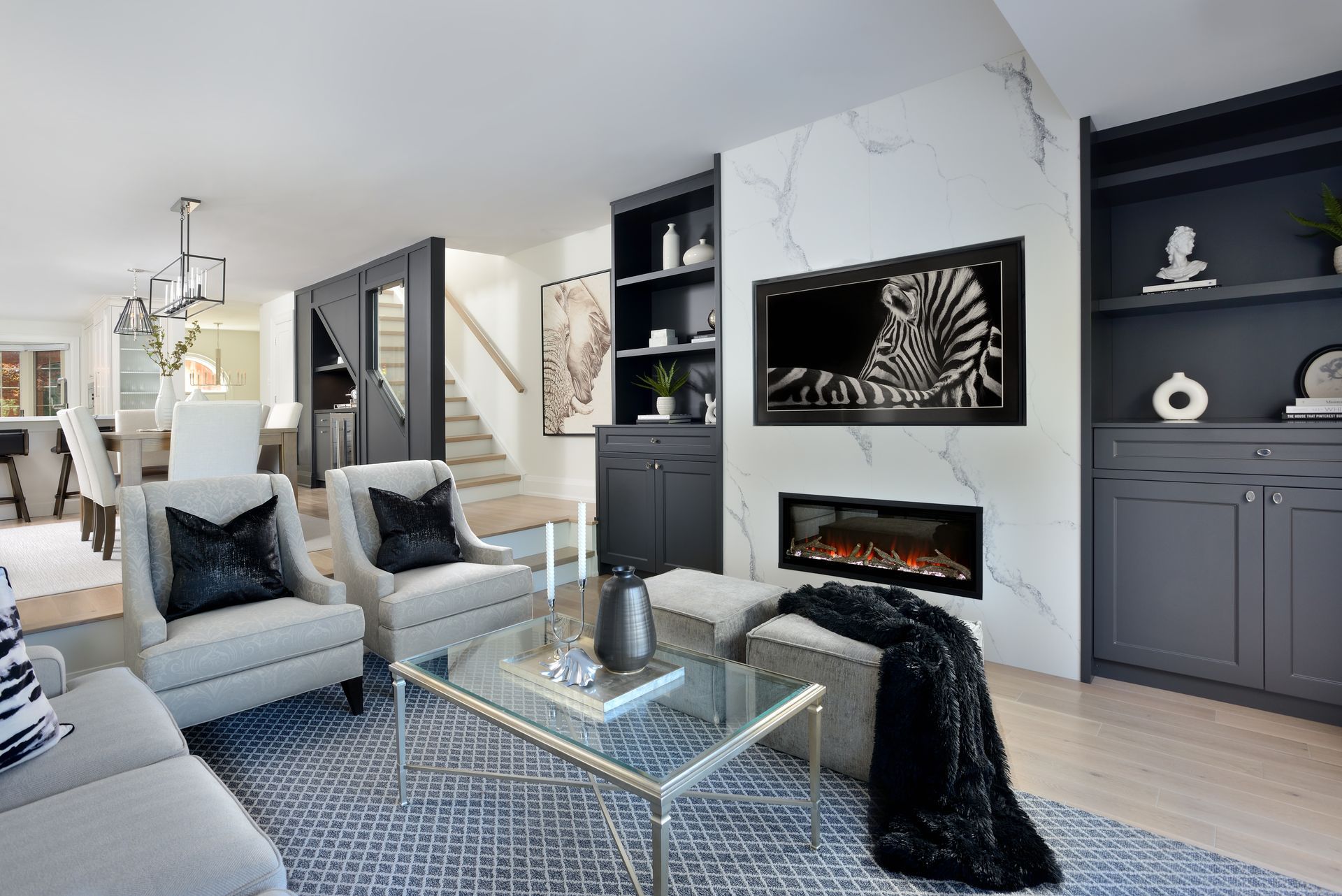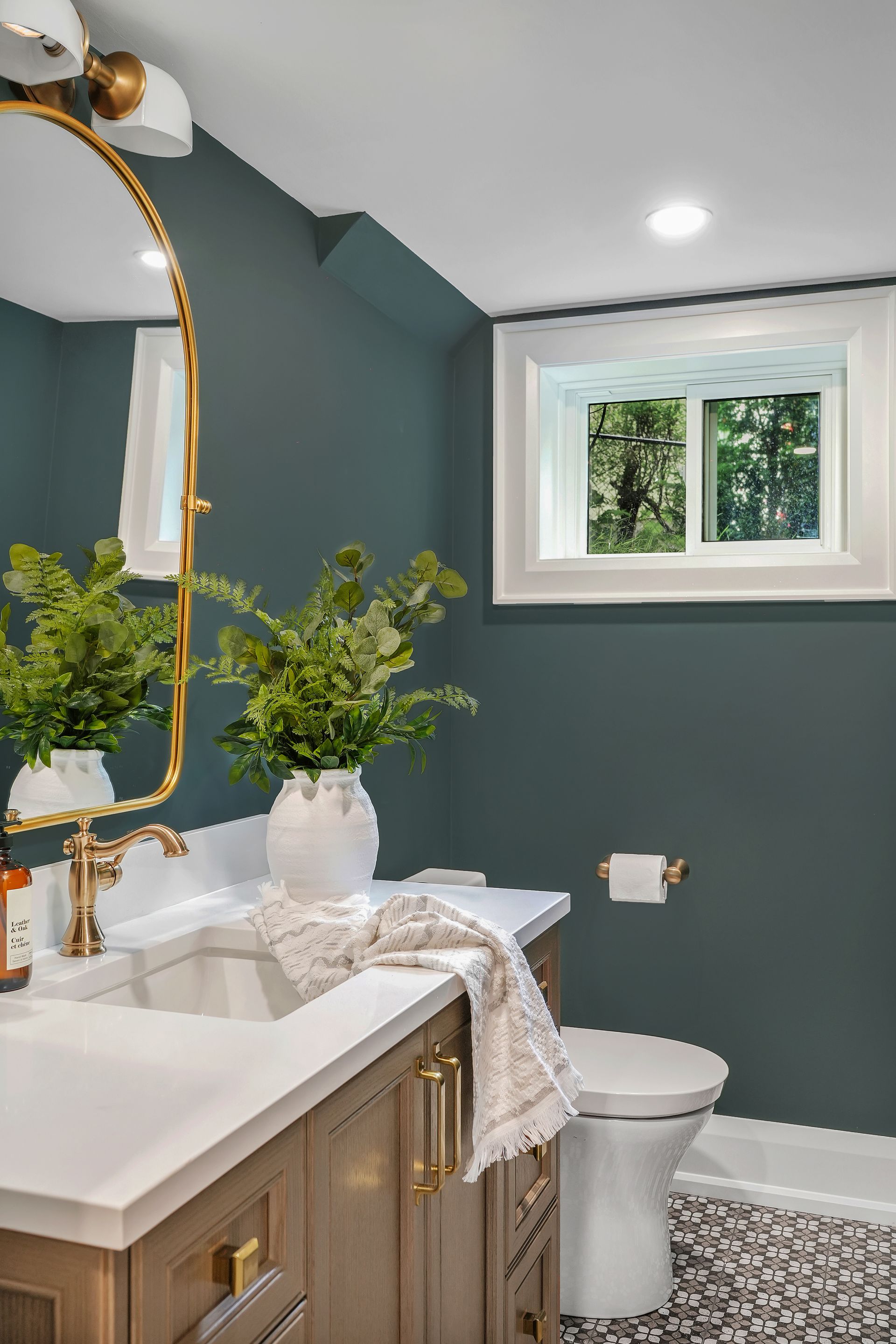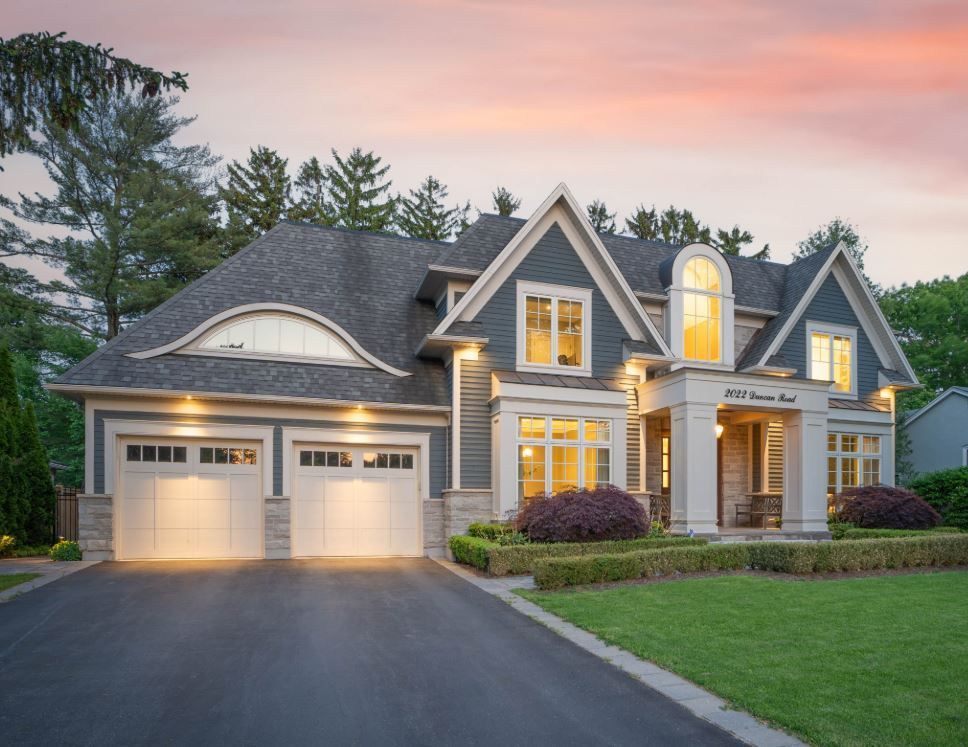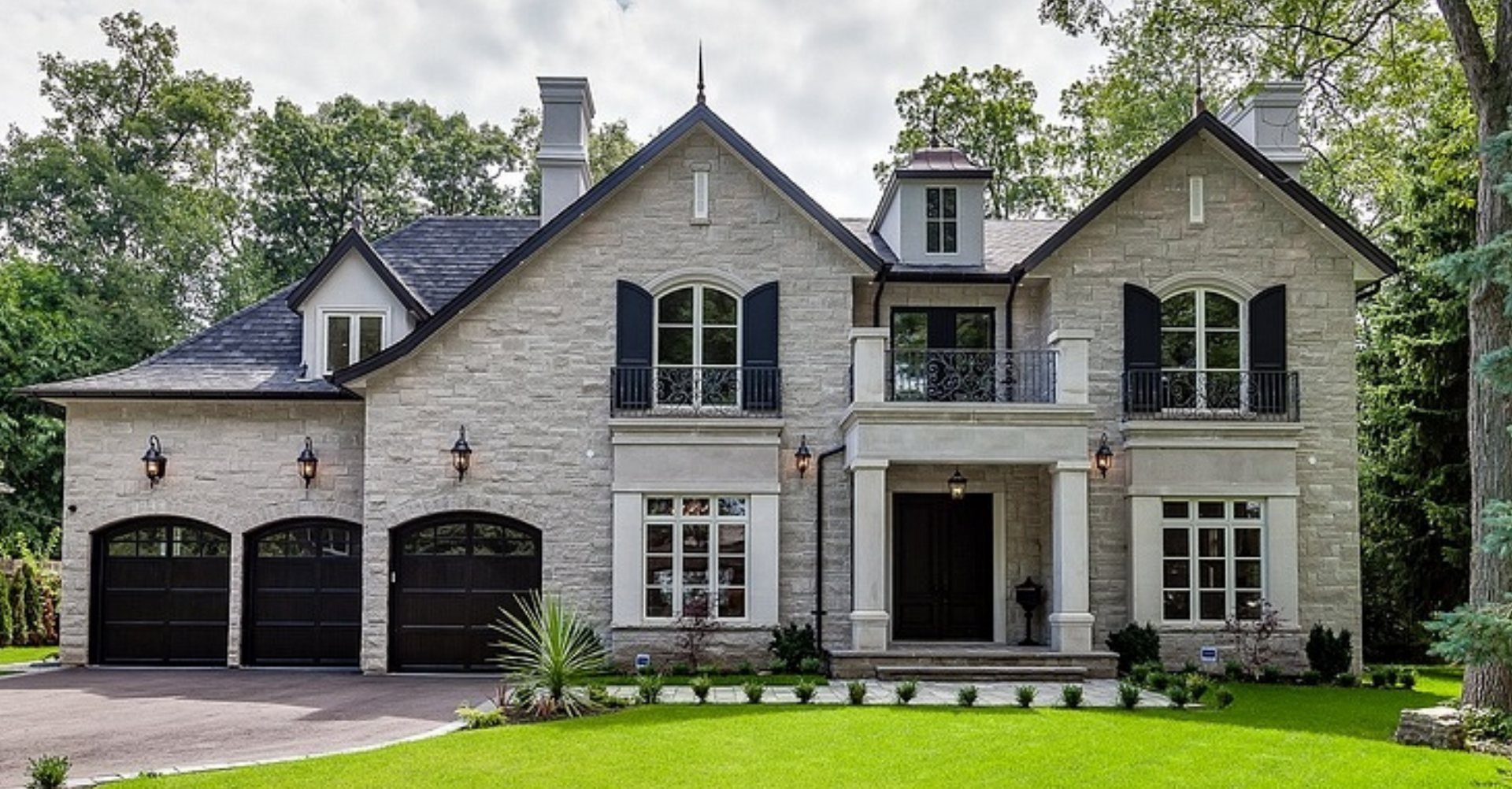Tips & Trends
Minimalist Design
Published July 11, 2025
Than Beauty of Minimalist Design.
Minimalist interior design is more than just a visual style—it’s a mindset that embraces simplicity, functionality, and intentional living. Rooted in the principle of “less is more,” minimalism pares down a home to its essentials, removing clutter and distraction so that what remains has true purpose and meaning.
The A Philosophy, Not Just a Sytle.
Minimalism isn’t about doing without; it’s about refining and elevating. By stripping away the unnecessary, this design approach allows clean lines, calming palettes, and thoughtful spatial planning to take center stage. The result is a sense of clarity that enhances how a space looks, feels, and functions.
Living With Intention.
At its heart, minimalism encourages homeowners to surround themselves only with what serves a function or sparks genuine joy. Every piece—from furniture to artwork—has a role, whether practical or emotional. This intentional approach creates homes that feel balanced, open, and restorative, making them a sanctuary from the demands of everyday life.
Warmer Without Clutter.
While some may assume minimalism feels cold or stark, the truth is quite the opposite. When executed well, minimalist interiors embrace warmth and comfort through natural materials, layered textures, and subtle details that add depth without excess. Soft textiles, wood finishes, and carefully chosen accents prevent the space from feeling bare, instead creating an atmosphere that is inviting and timeless.
A Timeless Elegance.
The beauty of minimalism is its adaptability. Whether in a sleek modern loft, a busy family home, or a traditional space, minimalist principles can bring clarity and cohesion. By prioritizing quality over quantity and balance over excess, this approach results in interiors that are not only elegant but also enduring—designs that stand the test of time.
Inspiration.
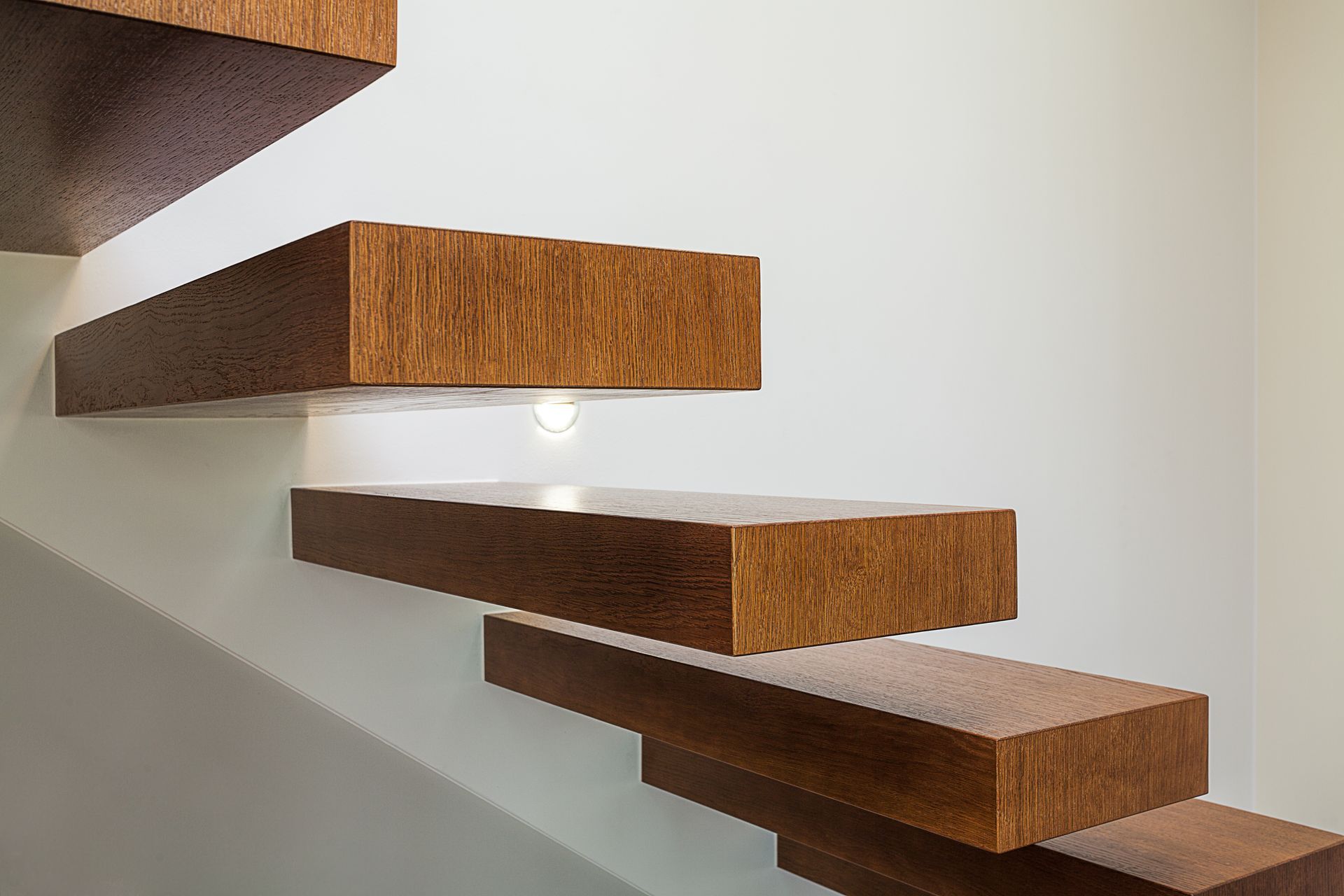
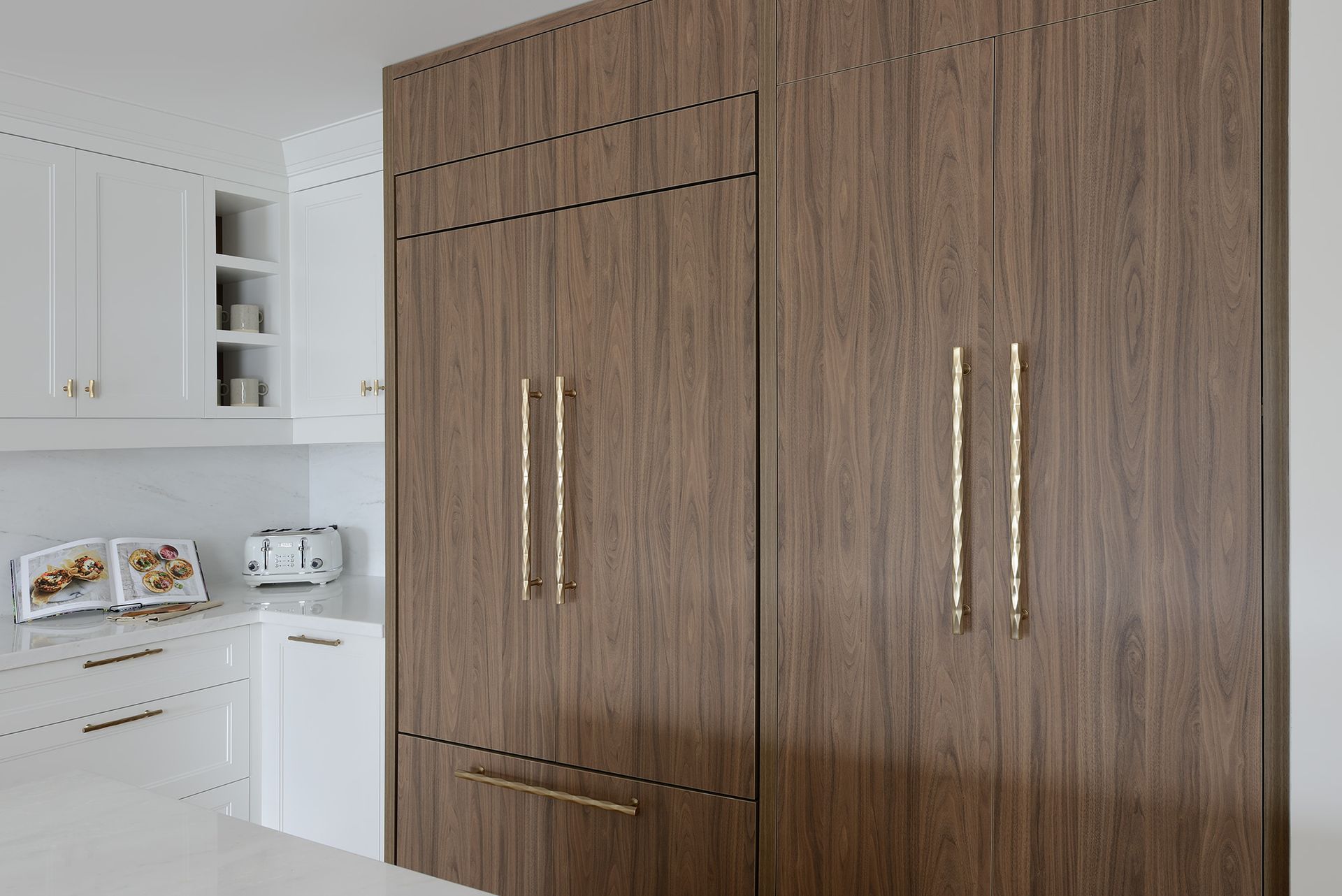


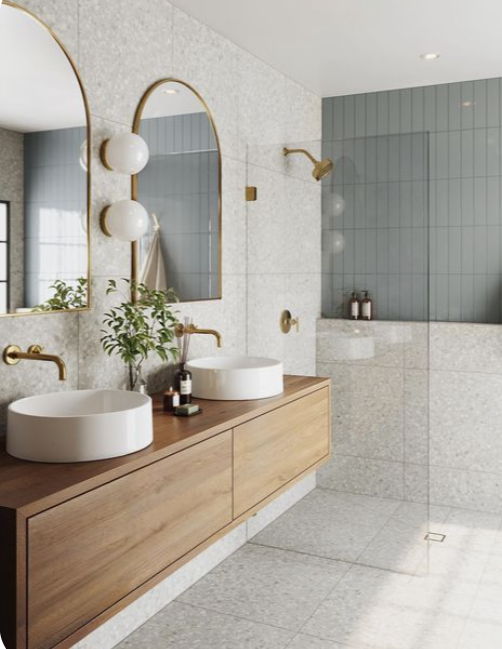
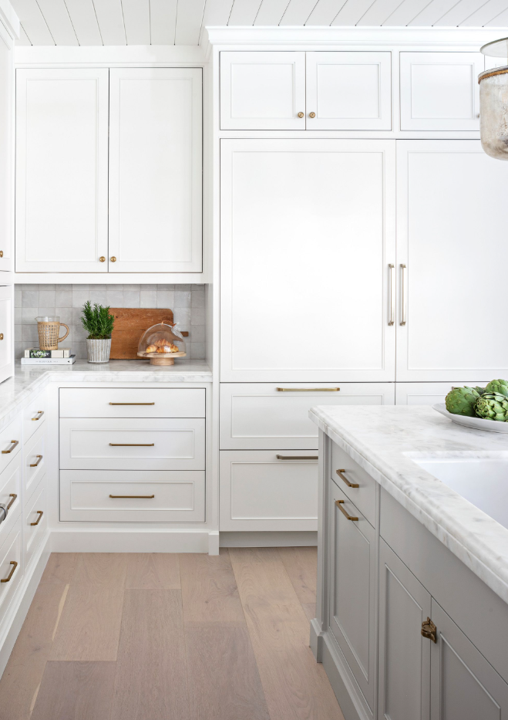
The Value of Simplicity.
Minimalist design goes beyond aesthetics; it supports a lifestyle of mindfulness and well-being. By intentionally reducing visual and physical clutter, a home becomes a calmer, more restorative environment where every element serves a purpose. With fewer distractions, you gain more mental clarity, allowing your home to act not just as a backdrop, but as a sanctuary that nurtures your daily life.
A minimalist space encourages slower living—reminding you to appreciate quality over quantity, and experiences over possessions. The openness and simplicity invite you to pause, breathe, and recharge, creating a setting that promotes balance and harmony. More than just stylish interiors, minimalism supports healthier routines, deeper connections with loved ones, and a stronger sense of presence in your everyday moments.




